Im trying to find contours in a specific area of the image. Is it possible to just show the contours inside the ROI and not the contours in the rest of the image? I read in another similar post that I should use a mask, but I dont think I used it correctly. Im new to openCV and Python, so any help is much appriciated.
import numpy as np
import cv2
cap = cv2.VideoCapture('size4.avi')
x, y, w, h= 150, 50, 400 ,350
roi = (x, y, w, h)
while(True):
ret, frame = cap.read()
gray = cv2.cvtColor(frame, cv2.COLOR_BGR2GRAY)
_, thresh = cv2.threshold(gray, 127, 255, 0)
im2, contours, hierarchy = cv2.findContours(thresh, cv2.RETR_TREE,cv2.CHAIN_APPROX_SIMPLE)
roi = cv2.rectangle(frame, (x,y), (x+w, y+h), (0,0,255), 2)
mask = np.zeros(roi.shape,np.uint8)
cv2.drawContours(mask, contours, -1, (0,255,0), 3)
cv2.imshow('img', frame)





